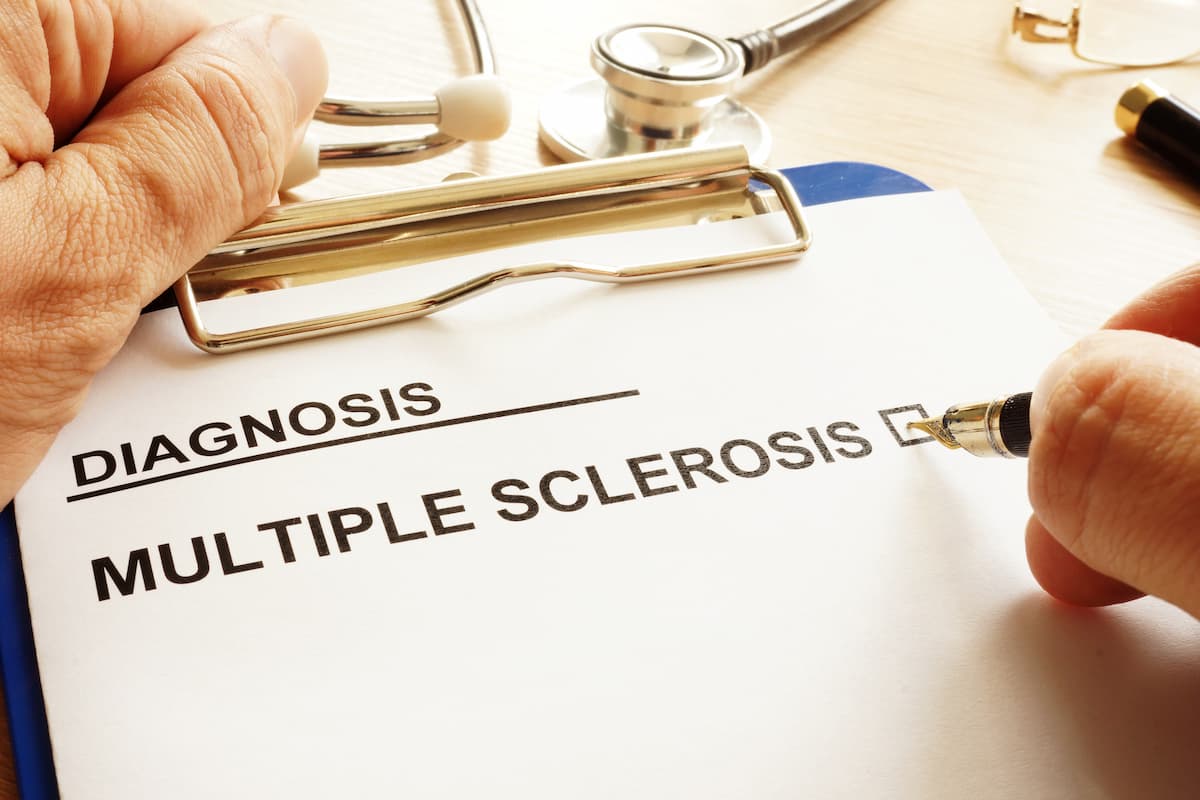Article
Trials Evaluate Efficacy of Ozanimod for MS Treatment
Author(s):
Two recent clinical trials evaluated the efficacy of the investigational drug ozanimod for treating patients with relapsing multiple sclerosis (MS).
Two recent clinical trials evaluated the efficacy of the drug ozanimod, an investigational oral selective sphingosine 1-phosphate (S1P)-1 and -5 receptor modulator that treats patients with relapsing multiple sclerosis (MS).
Celgene’s phase III SUNBEAM trial, which tested the efficacy and safety of ozanimod, met the primary end point for reducing the annualized relapse rate (ARR) compared with weekly interferon (IFN) β-1a (Avonex).
The SUNBEAM trial consisted of 1346 patients with relapsing MS who received 2 orally administered treatment doses (0.5 mg and 1 mg) for at least 1 year. Both doses of the treatment were found to have statistically significant and clinically meaningful improvements compared with interferon for reducing the ARR and the measured secondary end points of the number of gadolinium-enhancing MRI lesions and the number of new or enlarging T2 MRI lesions at the last month, according to the research.
“The safety and efficacy results from SUNBEAM are consistent with the long-term results from the phase II trial (RADIANCE). These data add to the growing body of evidence supporting the use of ozanimod as a disease modifying therapy for relapsing forms of multiple sclerosis,” said Bruce Cree, MD, PhD, associate professor of neurology, University of California San Francisco, in a press release. “We look forward to the continued study of ozanimod as well as presentation of the full results of the phase III trial at an upcoming international scientific meeting.”
The RADIANCE Part B trialincluded 1320 patients with relapsing MS to compare 2 doses of oral ozanimod with IFN. The researchers found a significant reduction in ARR for both doses of ozanimod compared with IFN over 2 years of treatment.
Additionally, there was a significant reduction in new or enlarging T2 lesions and in gadolinium-enhanced MRI lesions for ozanimod compared with IFN. Also, there was a reduction in brain volume loss, which is commonly associated with MS disease progression, with the use of ozanimod.
When the results of both the RADIANCE and SUNBEAM trials were pooled for an analysis, ozanimod did not reach statistical significance compared with IFN when analyzing the time to 3-month confirmed disability progression. There were 2659 total patients evaluated, and 7.6% were found to have 3-month confirmed disability progression at the end of the study for ozanimod (1 mg).
Any adverse events experienced by patients were mostly mild, with the most common among the studies being nasopharyngitis, headache, increased alanine aminotransferase, influenza-like illness, hypertension, gamma-glutamyl transferase increased, pharyngitis, and urinary tract infection.
“Given the totality of the data for ozanimod, we believe that the benefit-risk profile supports pursuing ozanimod as a potential new oral therapeutic option and look forward to filing regulatory submissions in the U.S. by the end of 2017 and in the EU in the first half of 2018,” concluded Terrie Curran, President, Celgene Inflammation and Immunology.





